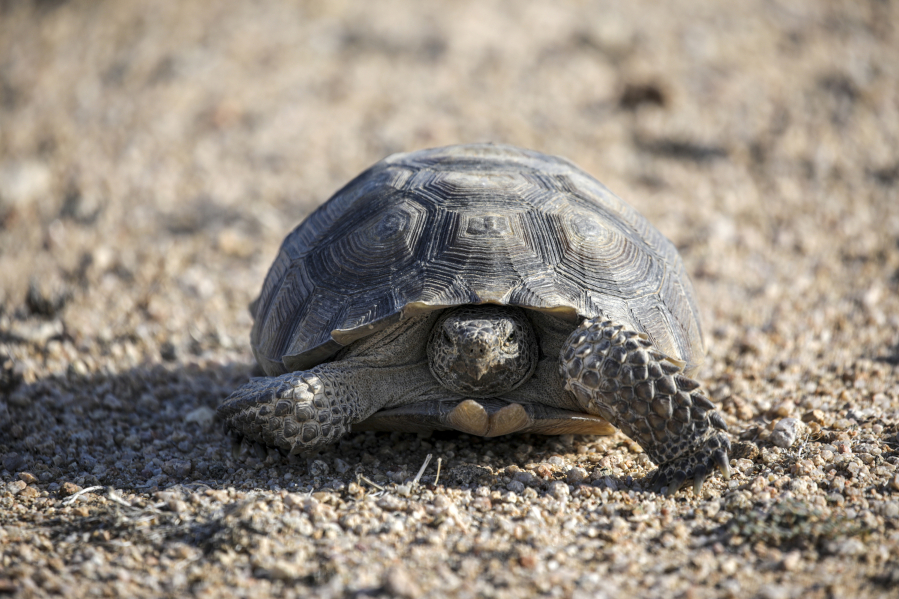Unfortunately, California’s state reptile is on the verge of extinction. Violent vehicle collisions, city invasions, hungry ravens, military maneuvers, disease, drought, extreme heat, wildfires, illegal marijuana cultivation, and the development of massive solar farms all push this species to its limits.
Eight decades ago, the vast Mojave Desert was home to hundreds of tortoises per square mile, with tortoises inhabiting nearly every area of the desert below 3,000 feet in elevation. Today, the population of most turtles in California and outside of recovery areas has dwindled to two or three adults per square mile — too few for male and female turtles to find each other and mate, researchers say.
This is the type of rapid decline that prompted state lawmakers to pass the California Endangered Species Act in 1970. The landmark law, which provides broad protection for plant and animal species that are threatened or endangered by the state Fish and Game Commission, preceded the US Endangered Species Act by three years.
“Over time, the California Endangered Species Act has developed in parallel and in a symbiotic relationship with the federal government,” said Brendan Cummings, director of conservation at the Center for Biological Diversity. “They influenced each other in changing the nature and implementation of endangered species protection.”
While both laws are credited with helping save such charismatic bird species as the California condor, bald eagle and peregrine falcon, global warming and human encroachment are outpacing the laws’ ability to protect some plants and animals.






